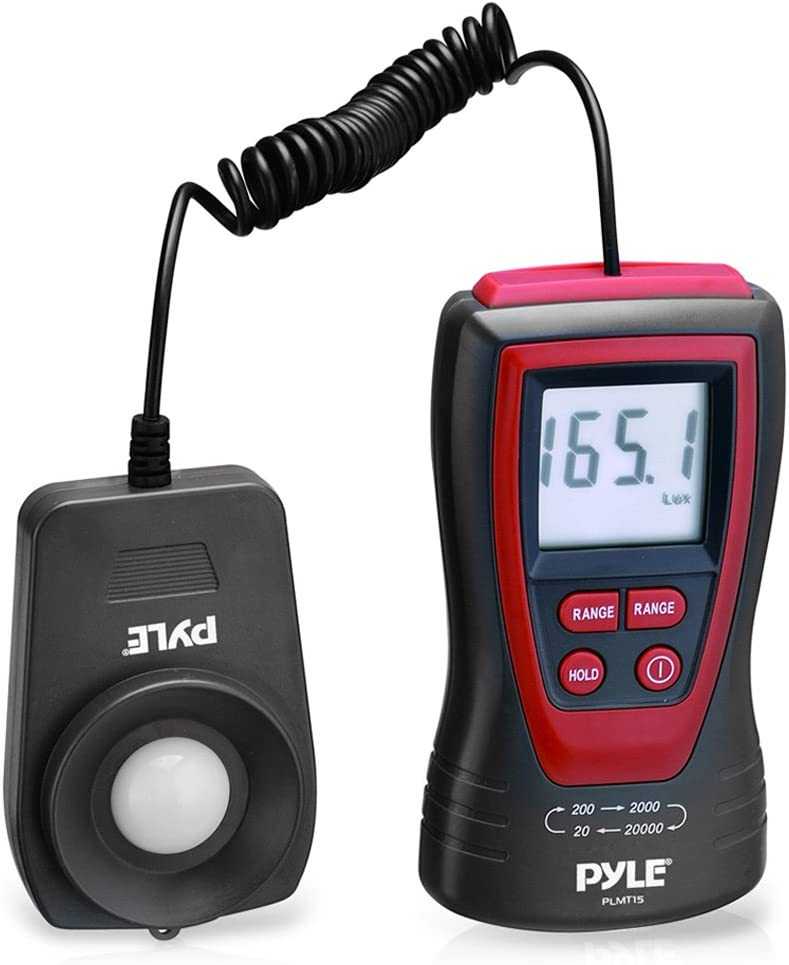What is Screen Brightness?
The perceived intensity of screen light is termed as brightness. It is the average of the red, green, and blue pixels on a color display. The peak brightness indicates the maximum luminance, expressed in nits or cd/m², that a display can achieve. To give you a sense of how bright a nit is At noon, the sun has a 1.6 billion nit rating.
This number can sometimes be lower than mentioned, however such cases are extremely rare. Usually, the actual peak brightness is more than advertised but, it isn’t cause for concern as the user always has the ability to lower the brightness to the desired level.
On the other hand, the user can’t increase the brightness to a level greater than advertised and so if the user requires a bright display, then he should buy one that has a high peak brightness, around 350 nits or more. On LCD TVs, high dynamic range (HDR) technologies like Dolby Vision can produce brightness levels of 4,000 nits and more.
How to measure Screen Brightness?
Step 1: Buy a photometer, like the Pyle PLMT15 (as shown above).

Step 2: Turn your display’s brightness to maximum, via the settings, and switch the lights off in the surrounding environment (for the most accurate result).
Step 3: Either download a white picture from the internet and open it in full screen or open an empty text document and zoom in the white.
Step 4: Place the photometer’s sensor on your display. Placing the sensor right against the screen helps to reduce any intruding factors present in the environment and standardizes the reading.
Step 5: Take a few more readings from different locations on your display and calculate the average to get a more accurate estimate of your displays actual brightness.
Candela/ meter² VS Luminance
Candela/ meter² (cd/ m²) is a measure of the brightness of a display while luminance is a measure of the intensity of the light (or in this case backlight) of a display.
Screen size VS Screen brightness
Screen size is measured in inches while brightness is measured in nits. Due to this screen size and brightness aren’t related. The screen used in movie theatres normally has a brightness rating of 50 to 60 nits, this is because that screen is made to be used in the dark. Whereas a laptop or smart phone (which are portable and so have the potential to be used outside), normally have a brightness rating of 300 to 400 nits.
The following is an estimated of how many nits should each specific device type should offer for optimum experience.
| Device Type | Nits Offered |
| T.V. | 150 to more than 2000nits |
| Laptop/Monitor | 250 to more than 600 nits |
| Smartphones/Handheld devices | 200 to more than 1000 nits |
Summary
To sum things up,
- The light emitted by a single candle is (almost) equal to a candela.
- The light emitted by a single candle in a square meter is equal to a nit.
So, more nits equal more candles inside a square meter meaning more brightness.
Even though nits are significant, choosing a screen shouldn’t be solely based on them unless you particularly need something brighter than a certain level for HDR or outdoor use. Other elements that affect the quality of your screen include resolution, contrast ratios, black levels, sRGB color, color uniformity, panel type and others. The most crucial component is just being aware of what a low, medium, and high nit value for a specific device looks like in order to make an educated choice.
If you are looking for monitors or laptops that offer high brightness ratings then the following articles can help you in finding the one for you.

